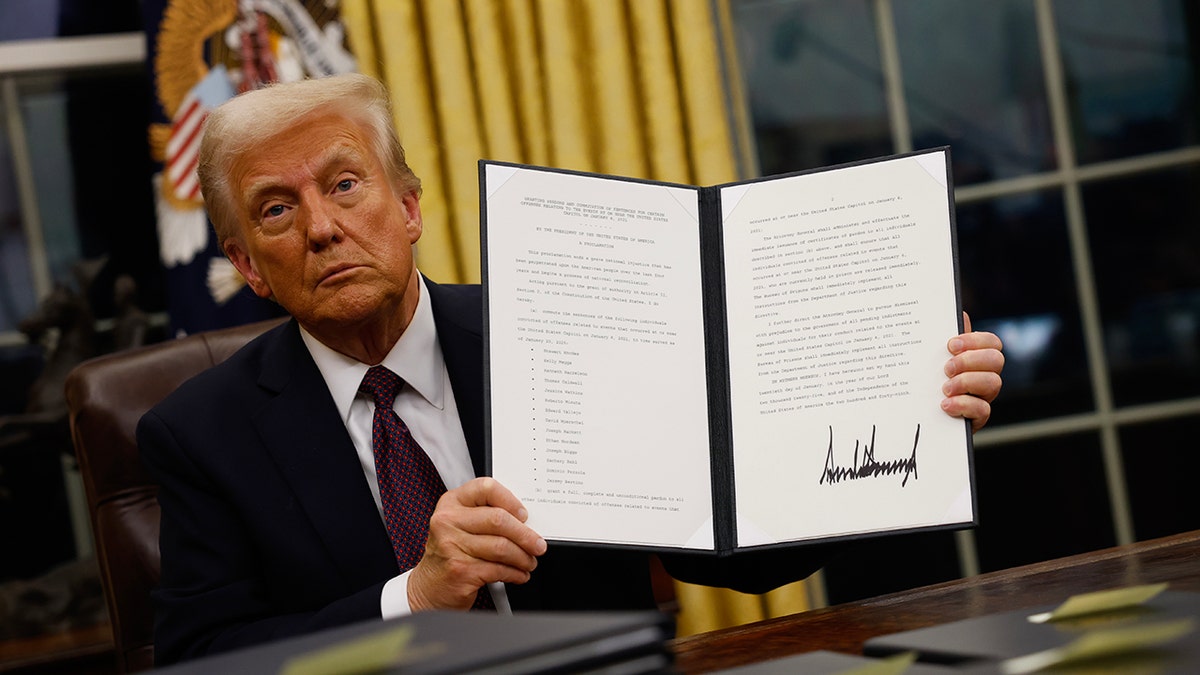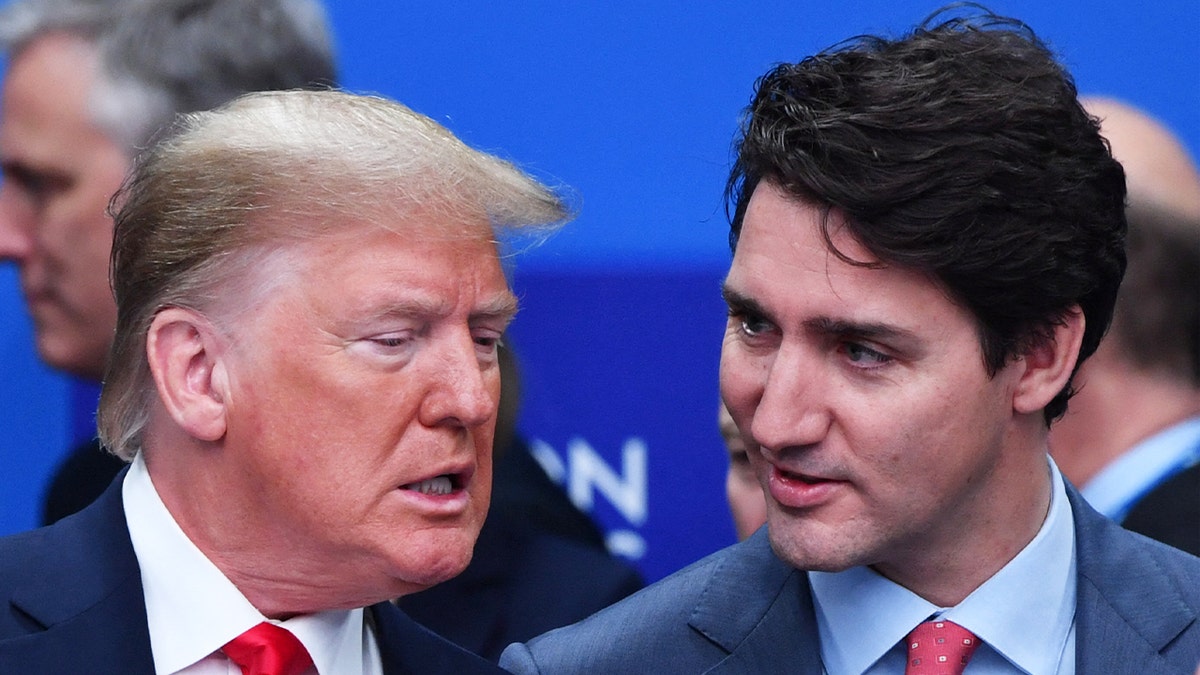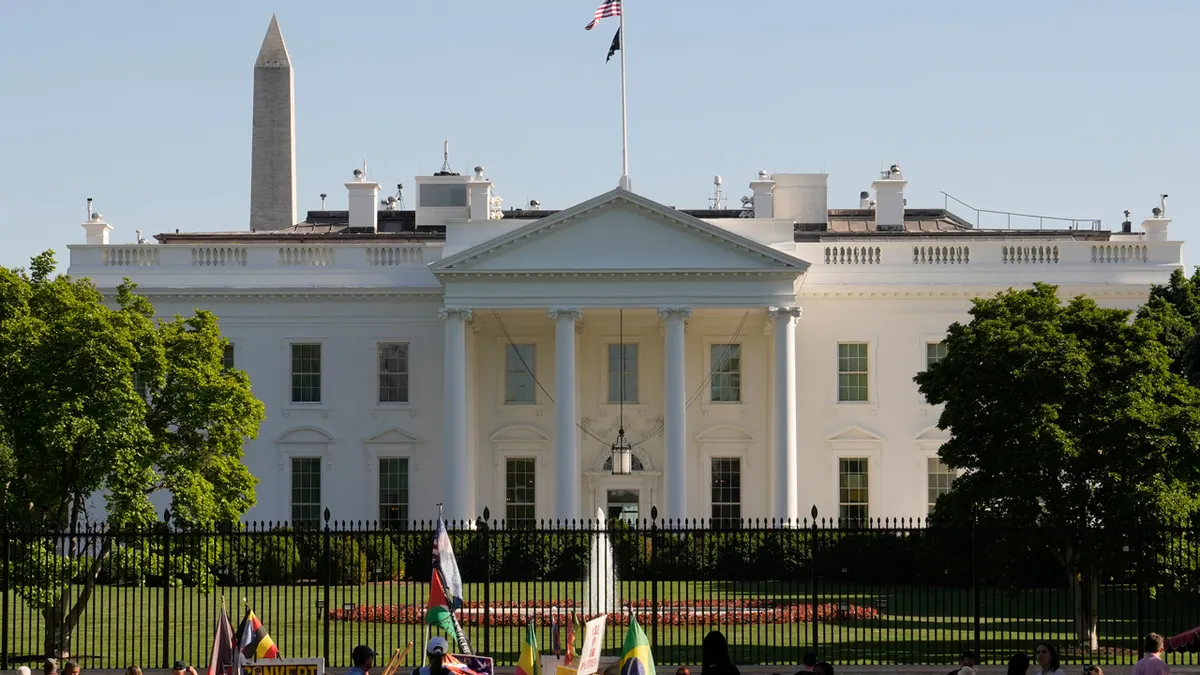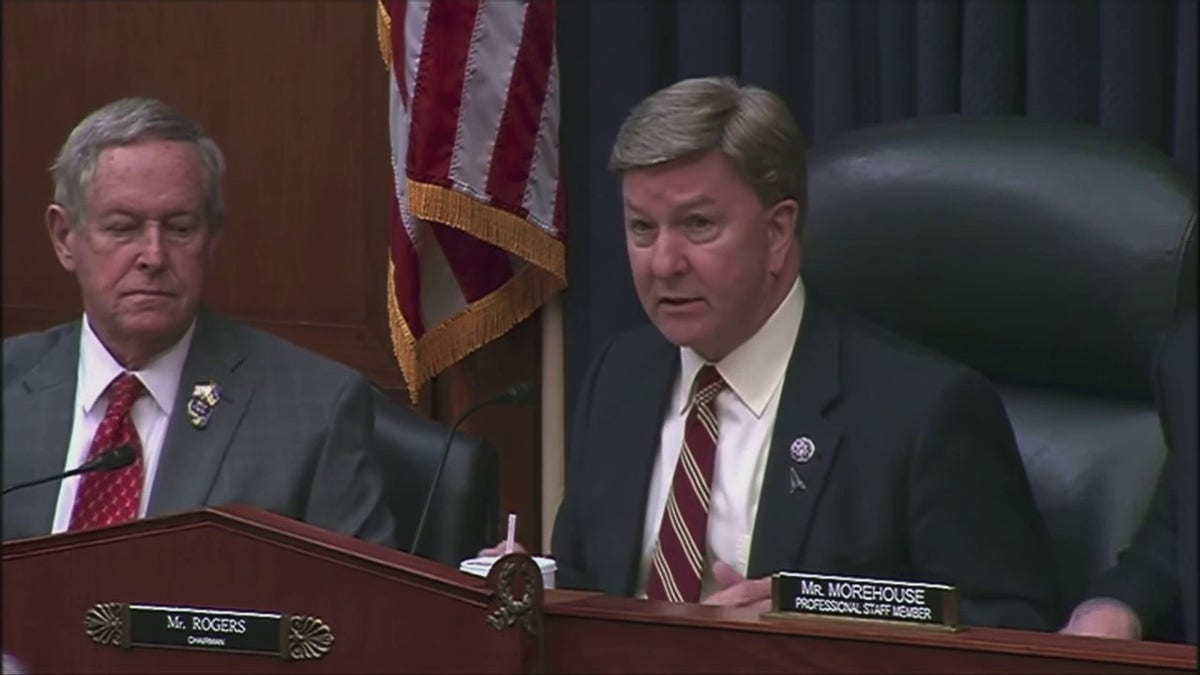A new study reveals the staggering economic impact of the opioid crisis, estimating a $2.7 trillion cost to the United States in 2023 alone. This figure encompasses the loss of life, diminished quality of life, reduced workforce productivity, crime, and healthcare expenses. The study, conducted by the Council of Economic Advisers and obtained by Fox News Digital, highlights the devastating consequences of the opioid epidemic, primarily fueled by fentanyl. This synthetic opioid originates mainly in China and enters the US via the Mexico border.
Former President Donald Trump's strategy to combat the fentanyl influx involved imposing tariffs on Canada, Mexico, and China. This approach aimed to strengthen border security and curb the flow of illicit drugs. However, critics argue that these tariffs inflate prices for US consumers purchasing goods from these countries. The study counters this criticism, asserting that the economic burden of the opioid crisis significantly outweighs any potential negative effects of the tariffs.

The White House defended Trump's actions, emphasizing his commitment to addressing the opioid crisis since his entry into politics. A spokesperson stressed the importance of using all available tools to combat the drug epidemic, arguing that the cost of inaction far surpasses the perceived economic impact of tariffs.
The study's methodology involved adjusting a 2017 Centers for Disease Control and Prevention report to reflect current inflation trends, opioid-related deaths, and addiction rates. The $1.11 trillion attributed to the loss of life in 2023 was calculated by multiplying the 74,702 opioid deaths by the value of a statistical life in the US, then factoring in productivity and healthcare costs associated with these fatalities.

An additional $1.34 trillion represents the diminished quality of life for those struggling with opioid addiction compared to healthy individuals. The study estimates that life with opioid use disorder has approximately 60% of the quality of life of those in full health. This calculation considers the value Americans place on a year of healthy life and the estimated 5.7 million people living with opioid use disorder in 2023.

Healthcare costs related to the opioid crisis reached an estimated $107 billion in 2023, accounting for the higher treatment expenses for individuals with opioid use disorder. The study notes that these costs are ultimately borne by all Americans through increased insurance premiums, taxes, and healthcare expenses.

Lost labor productivity due to opioid-related deaths, addiction, and incarceration added another $107 billion to the total cost. This figure was derived by multiplying lost productive work hours by the average hourly wages and benefits for US employees. Finally, opioid-related crime, encompassing police protection, court proceedings, correctional facility use, and property loss, cost the US $63 billion.
Trump's border security efforts involved raids to deport illegal immigrants and prevent further illegal entry. The tariffs on Mexico, Canada, and China, implemented at the end of January, aimed to address threats posed by "illegal aliens and drugs, including deadly fentanyl." While Canada and Mexico agreed to concessions and increased border security measures, leading to a temporary pause on the tariffs, China retaliated with its own tariffs on US imports.



Critics of the tariffs, including Senator Chuck Schumer, warned of increased costs for American consumers on various goods. However, the Council of Economic Advisers maintains that the economic repercussions of the opioid crisis far surpass the potential costs associated with tariffs. A similar report released in 2019 estimated a $2.5 trillion cost for the opioid epidemic between 2015 and 2018. The higher 2023 figure reflects the inclusion of reduced quality of life and the increased number of opioid-related deaths.









